Only seven wonders of the world?! Sounds like an awfully small number when we know for sure the world is full of breathtaking wondrous places just waiting to be seen. Not to mention that only one of the original seven is still standing – The Great Pyramid of Giza. So in 2007 a Swiss foundation put it out to the public to nominate a new range of more modern wonders that would be deemed worthier than any other to claim the title. And so the world voted and a new set of seven emerged – It’s really no surprise that all of them are UNESCO World Hertigate sites.
Here is the ultimate Bucketlist Inspiration, The 7 Wonders of the World…
Taj Mahal, India
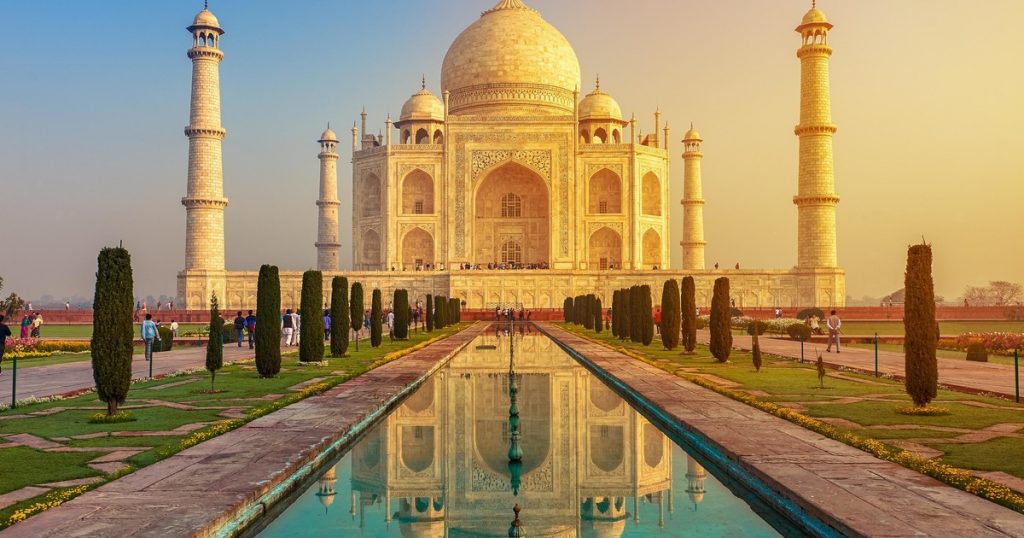
The Taj Mahal is no doubt a beauty to behold. It is a true labour of love. Its construction has been rumoured to require some 20,000 labourers and 1,000 elephants. It was built to honour emperor Shah Jahan’s favourite wife, Mumtaz Mahal who bore him 14 children but sadly died in labour.
The structure is famously symmetrical which is what makes it so beautiful to watch and photograph. The best time to see it is at sunrise early in the morning before it gets overwhelmed by visitors.
The Colosseum, Rome
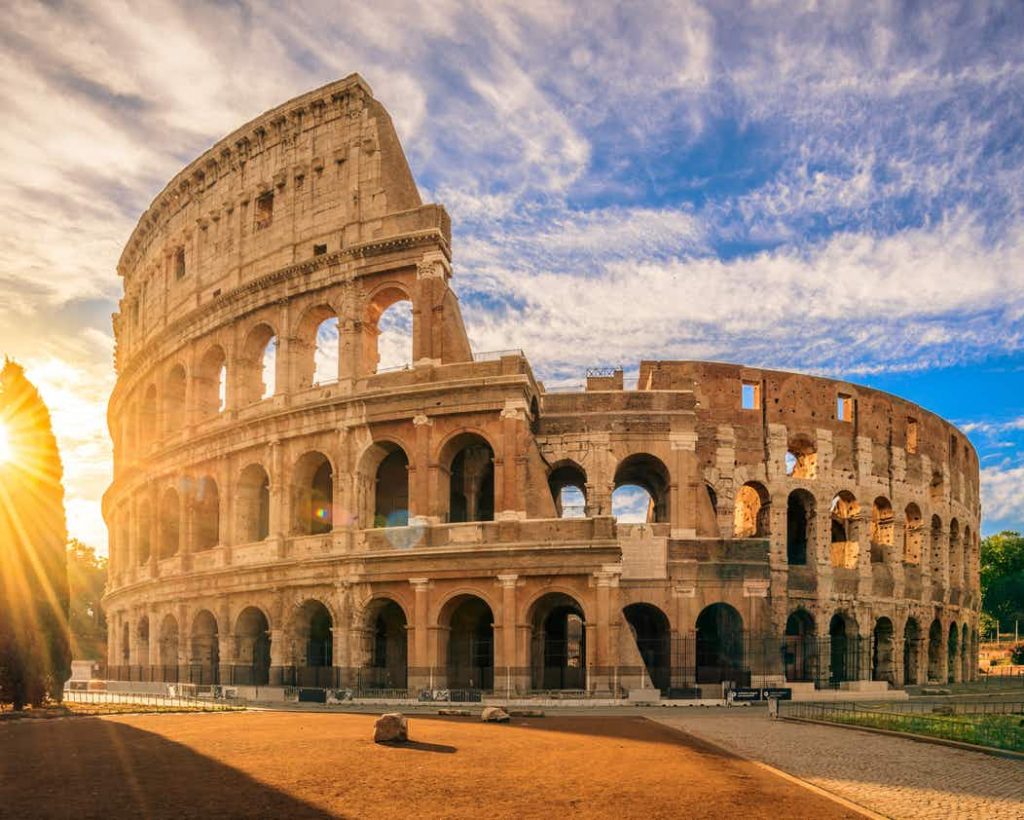
This beautiful structure was built around 70 AD in Rome. The purpose of it was to serve as a venue where spectators would watch gladiators battle, animals fight or be hunted and much more. One needs to visit in order to grasp the magnitude of this place, but with 80 entrances and seating for a crowd of at least 50,000, we’re sure you can imagine.
Christ the Redeemer, Brazil
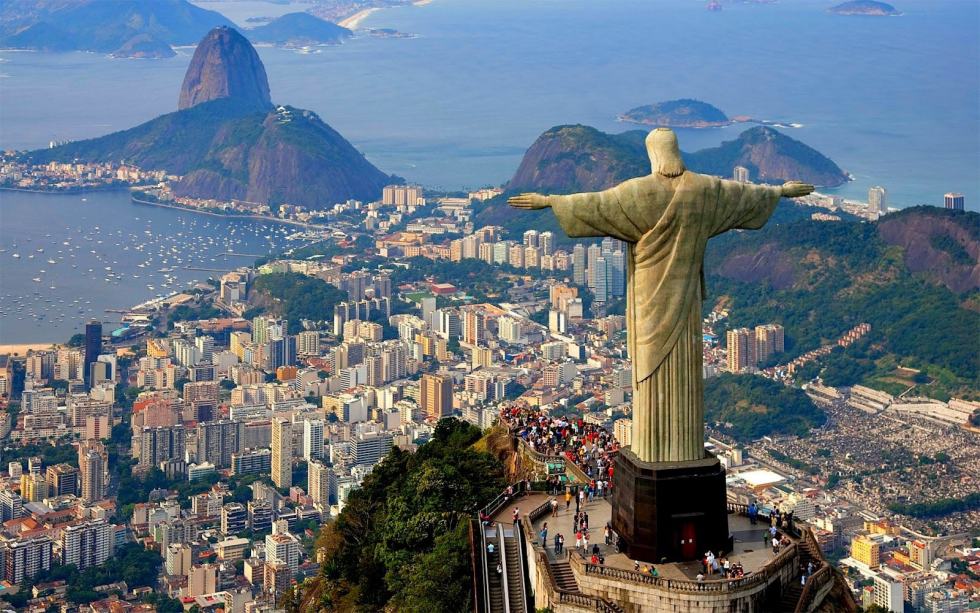
This iconic Christ statue was completed in 1931 in the even more iconic city of Rio de Janeiro. The figure that stands outstretched, tall and bright is very different from the usual way Christ is depicted on a cross and it stands a symbol of peace and welcoming. The stunning structure is covered in thousands of small stone tiles that were painstakingly applied by devout women.
Chichén Itzá, Mexico
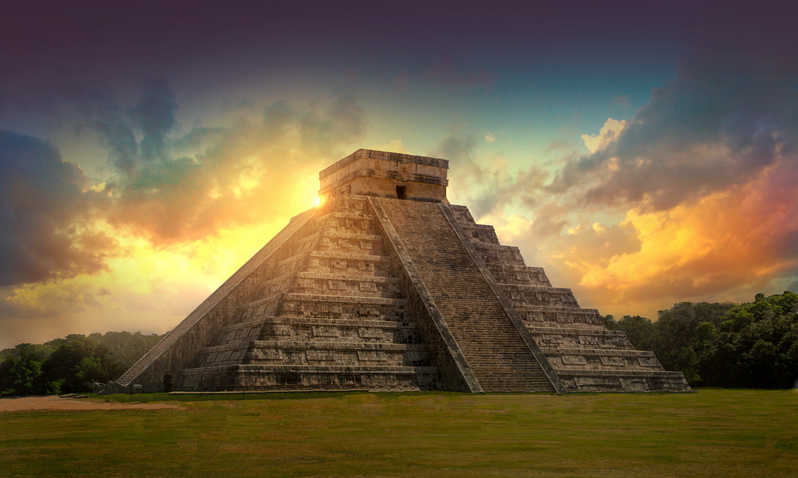
The Chichén Itzá is a massive Mayan city that was once a powerhouse in the area. Its time of greatest vigour was from around 600 AD to 1200 AD, and its name translates to “at the mouth at the well of Itza.” As to what Itza is, it’s believed to refer to an ethnic group or translate to “enchanter of the waters.” The name makes sense either way as the Yucatán Peninsula is famous for its underwater rivers and open freshwater sinkholes, called cenotes. Water was integral to life here — and likely a factor in the city’s success before its eventual, mysterious decline.
Machu Picchu, Peru
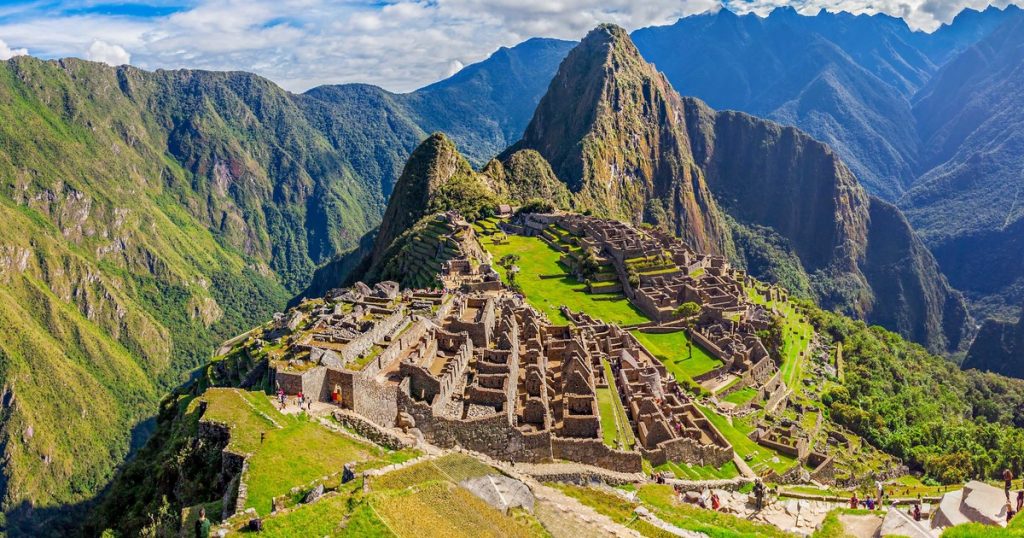
The impressive ancient citadel dated back to the height of the Inca Empire in the 15th century. Built 7,000 feet above sea level, it was estimated that only around 750 people lived here and that it was more of a royal estate rather than a proper city. It is an excellently constructed structure that was designed to withstand even the toughest of climates. It is said that the bricks with which it was made from “dance” during earthquakes and come back into their former positions once the tumbling has finished – a true mastery.
Petra, Jordan
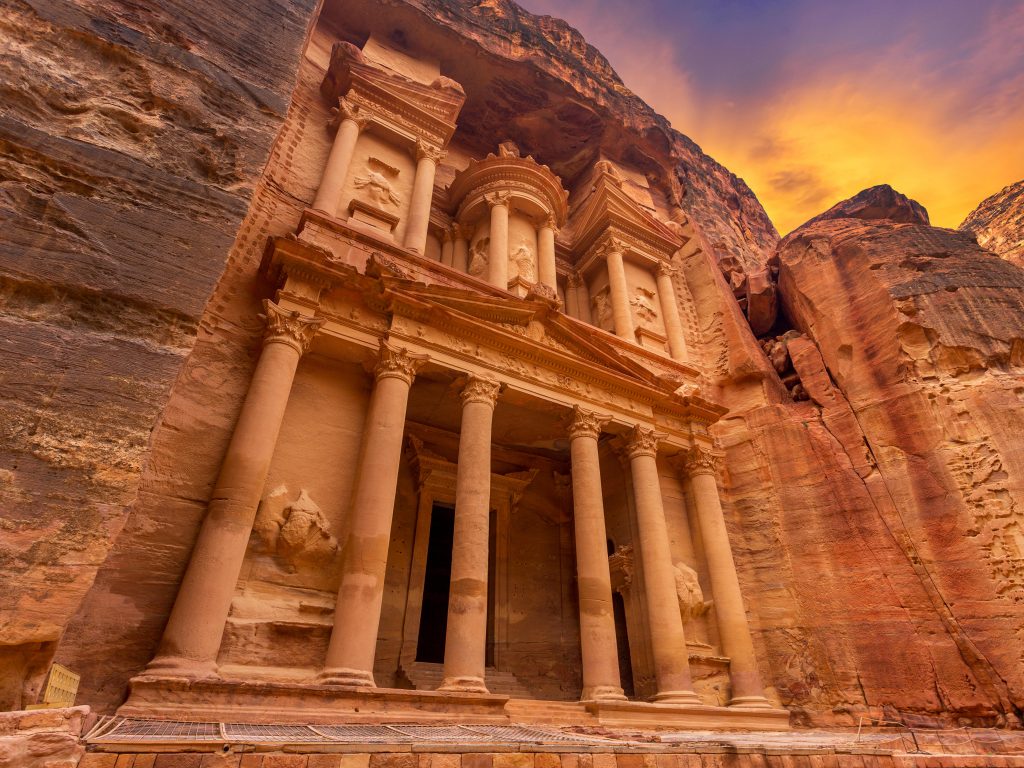
Petra is an ancient Nabatean City that was the secret of Jordan. Bedouins had used this place for centuries, but it lay hidden to outsiders until 200 years ago. It wasn’t discovered by the West until 1812 by Swiss explorer Johann Ludwig Burchard.
The ancient city was lost for centuries hidden in the Mountains of Wadi Mousa from the outside world. It remained so thanks to its entranceway known as The Siq. The long passage leading from the Dam to the Treasury, did its job well, hiding this mysterious wonder. Nobody knew where the entrance to Petra was.
The Great Wall of China
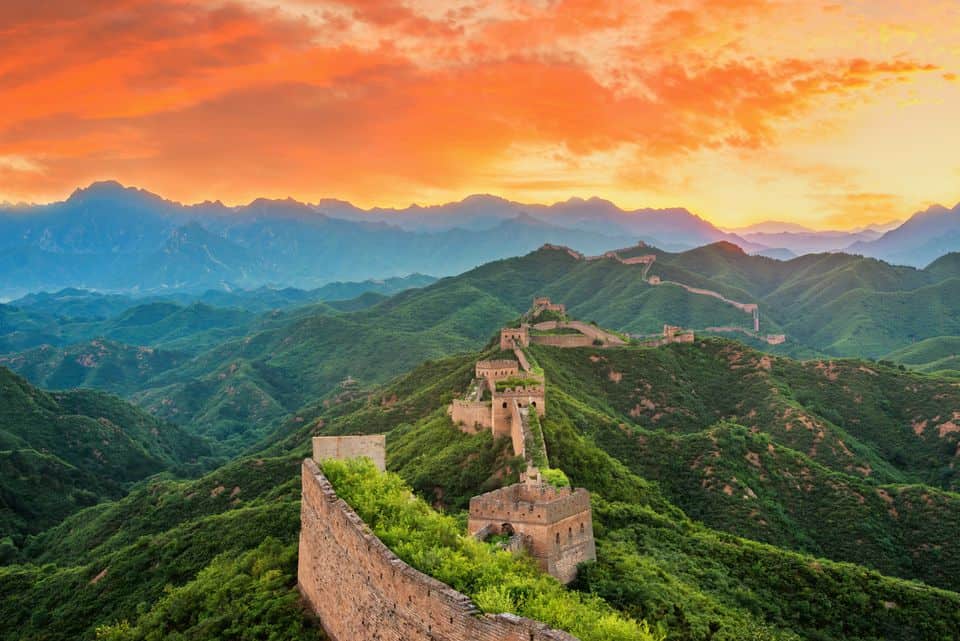
The Great Wall of China is something of a slight inaccuracy and a bit of a misnomer. The wall is not actually continuous but many walls built at different times and for different reasons; many were joined together, but gaps still exist. Some parts of the wall feel newer and almost pristine — these were built during the Ming Dynasty when the Ming were at war with Mongolians around the 1300s. The older walls date back as far as 700 BC, and these sections show their age today. Still, the Great Wall weaves and winds over the hills where China borders Mongolia, measuring about 20,000 kilometers (12,427 miles) and crossing nine provinces.
Author: Anna Popova
